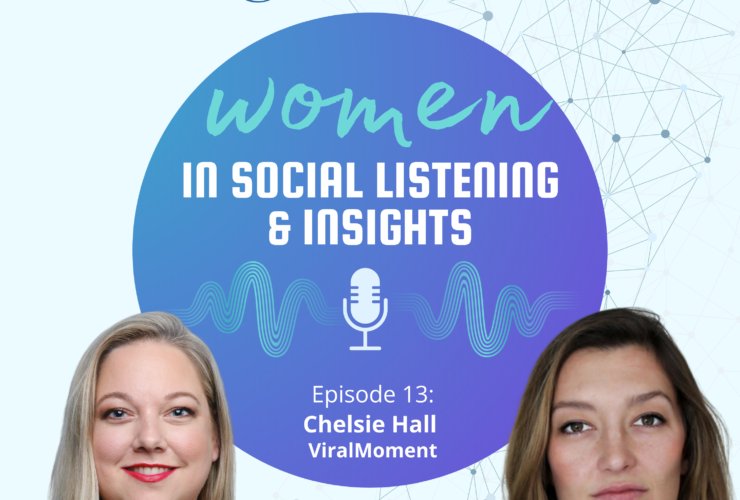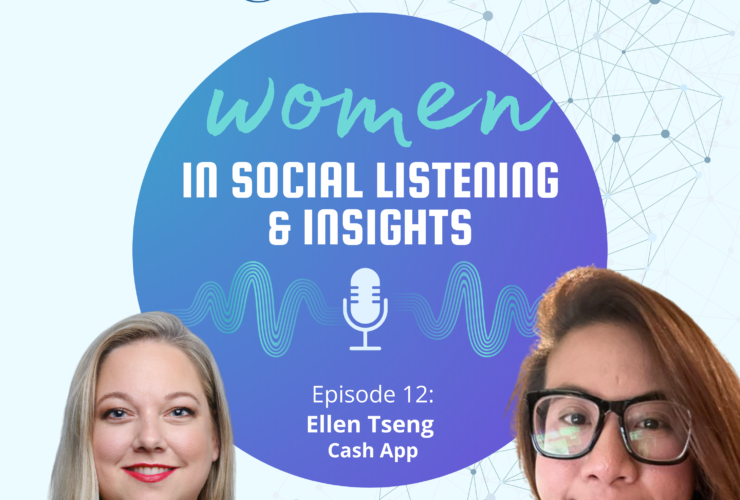Tamara Lucas speaking at EL PAIS con tu futuro in Madrid in 2016.
Whether you’re contemplating using a social listening tool for the first time or have plenty of experience running social listening projects but these have failed to meet your hopes and expectations, this post will help you feel more confident about getting started on your next social listening venture.
These 5 key recommendations are not statistical facts or founded on studies, but based on my experience and expertise gained during the five years I’ve been working in social listening and digital data analytics. Some may be disappointed to hear that there is no magical social listening formula to be applied regardless of the project nature, or a robot that delivers the answers to your business questions in a timely manner. Rather, successful social listening is a complex process that requires patience, context, and most importantly, the ability to understand the intricate language of humans.
A step-by-step approach to social listening.
1. Actionable Business Questions
While pulling data from social conversations and social assets is relatively easy, the actual insights can only be drawn when your actions and analysis are connected to specific business questions.
Analysis that is disconnected from the business and developed without the company in mind will fail to make an impact, both internally and externally. By aligning business questions and social listening insights, you will find an extremely valuable tool that can help your company fuel innovation and detect trends, engage employees and reveal customers’ genuine experiences and opinions of your company’s product or service.
2. Social Listening Takes Time
Setting up a social listening project can be complex, so be prepared to allocate time and resources to this stage. Regardless if the project in question is small or large, bear in mind that the time and energy invested in developing the queries, understanding the context, language characteristics, and indeed project goal, will be reflected in the end result.
3. Context Matters
Don’t hand over your hard work to a tool. Even if you have developed a full comprehension of the industry and your brand’s position within it, the brand’s product value, and even your customers’ language use, it will all be in vain if you leave it with a machine. Going down the automatic route means a high likelihood of inaccurate insights which, in turn, can lead you to make the wrong marketing decisions. In short, it’s a gamble that simply isn’t worth the risk.
One word in the same language, but used in different countries or regions, can have various meanings. Understanding cultural and/or regional variations is something that automated machine translation cannot support, especially when it comes to irony, tone or double meanings. Only humans are right for this task, in particular those who live and breathe the local culture and language that are the subject of the analysis.
The same applies to industry context. Something that is considered negative in one sector can be seen as positive in another. For example, the expression “break a leg” has different connotations depending on the context. In addition to the literal meaning, which is negative and in reference to physical injury, the expression is also used in an ironic sense to wish someone “good luck”. This “break a leg” idiom, which originates from the theatre where telling someone “good luck” would have the reverse effect according to old belief, would therefore be considered positive.
4. Your Social Listening Query Lays the Foundation of the Analysis
It’s easy to feel overwhelmed by the vast volumes of conversations when first getting started in social media monitoring and social listening. Luckily it’s rare that all conversations are relevant for your analysis. But in order to sift out the irrelevant content, also known as separating the noise from the signal, it’s vital to develop the right queries.
Business-oriented boolean queries will help to establish the base of any social listening analysis. There is no need for the query to be complex, but although a simple combination of two terms linked with an AND operator may be enough to get relevant results, you are more likely to need at least three different boolean operators to cut out the noise. When it comes to best practices in query building, I recommend making sure you use someone with expertise in query development, who also has knowledge and experience of the industry.
5. Go Beneath the Surface
For many social listeners, it’s all too tempting to get stuck on the WHAT when analysing social media conversations, and non-structured data in general. But focusing merely on what people say online has no business value if we don’t grasp the WHO, WHEN, WHERE and HOW.
Understanding common patterns, different stakeholders behaviour or specific moments of consumption will introduce new dimensions to your analysis. These will in turn help you to form a better understanding of your audiences and answer your business questions.
What are your experiences of social listening? What would you recommend to beginners in the field? Feel free to share your thoughts and tips below or on our Twitter and Facebook pages.







